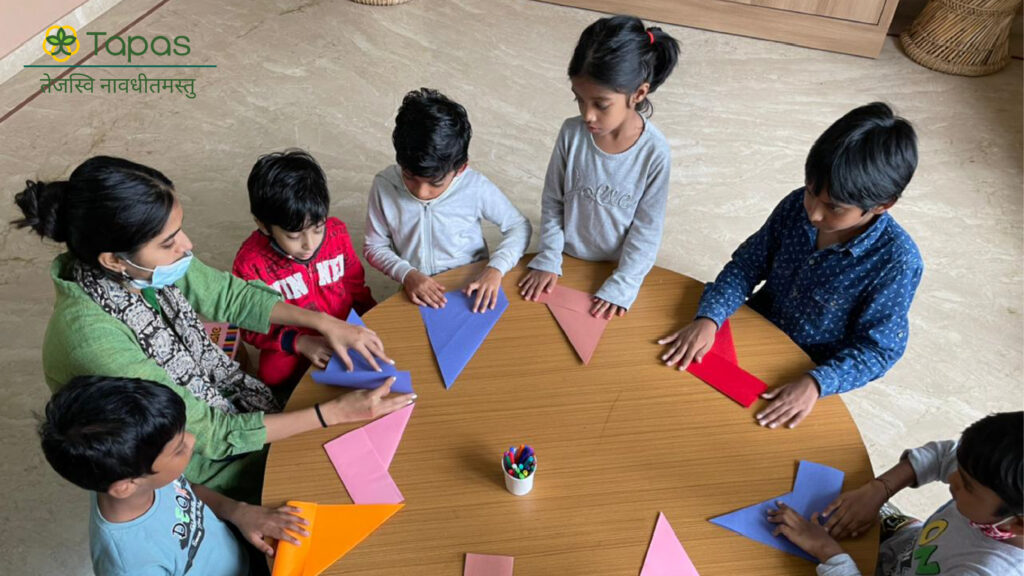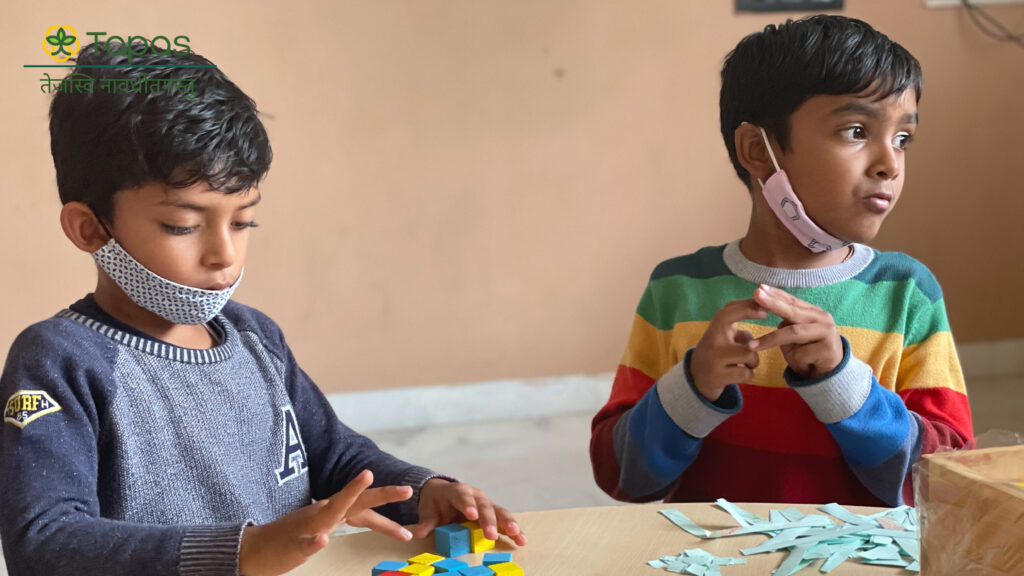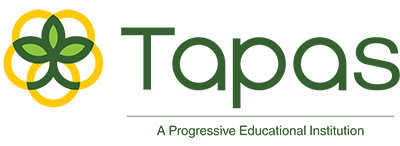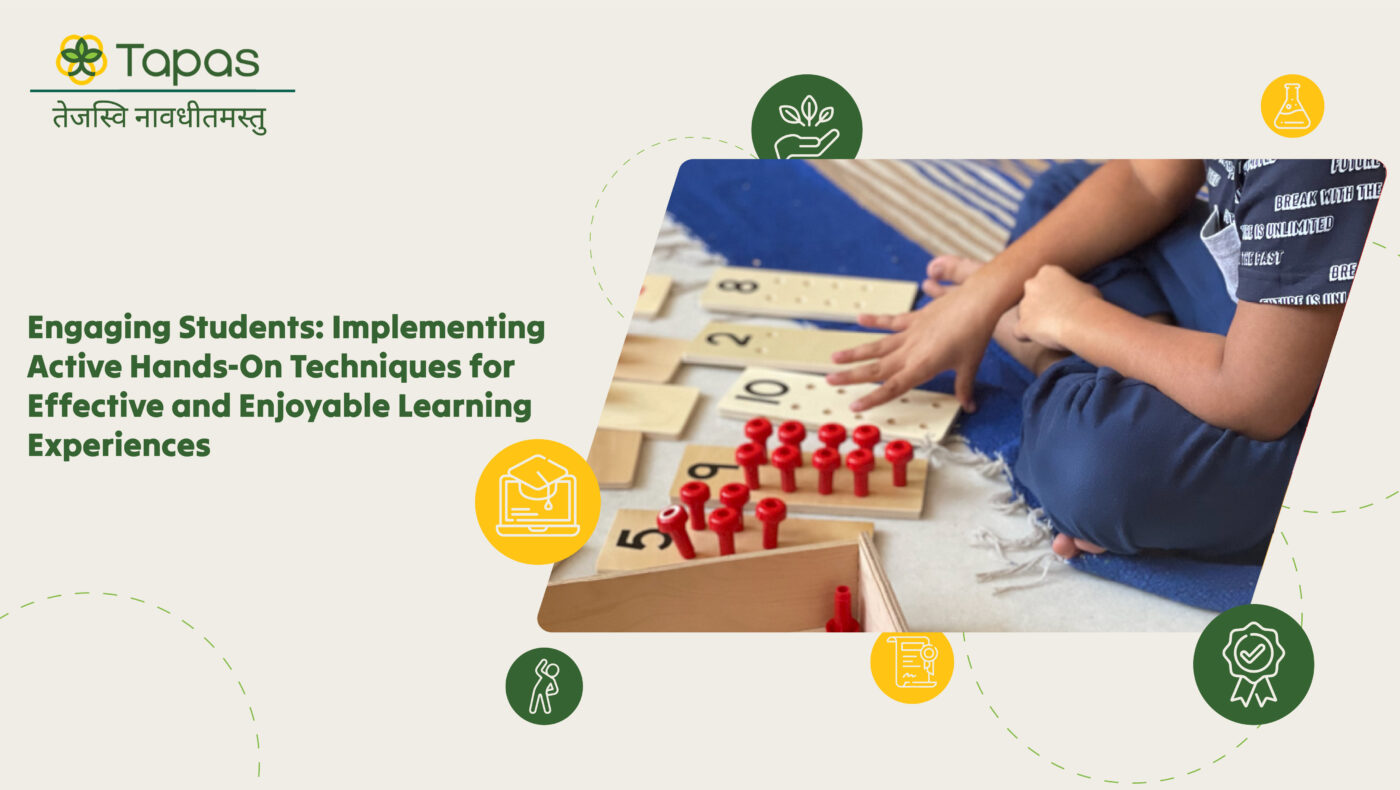In the realm of education, the Importance of Active Learning cannot be overstated. Student engagement lies at the core of effective learning, fostering curiosity and a genuine connection with the subject matter. Recognizing this, educators are increasingly turning to the Benefits of Active Hands-On Learning as a powerful method to enhance the learning experience. This approach transforms students from passive recipients to active participants, promoting a deeper understanding of concepts. Active hands-on techniques not only cater to diverse learning styles but also stimulate critical thinking and problem-solving skills. By immersing students in interactive workshops, simulations, and collaborative projects, educators pave the way for a dynamic, student-centered classroom. Embracing this methodology not only ensures academic success but nurtures a lifelong love for learning, making education a vibrant and enjoyable journey for students.
The Impact of Active Learning

Research consistently underscores the Positive Effects of Active Learning on student retention and comprehension across academic disciplines, extending from STEM to beyond. Active Hands-On Techniques have been found to significantly enhance memory retention, ensuring that information is not merely absorbed but deeply ingrained. Moreover, active learning methodologies stimulate critical thinking and problem-solving skills. By immersing students in interactive workshops, simulations, and collaborative projects, educators create an environment where theoretical knowledge translates into practical understanding. This dynamic approach fosters a deeper connection with the subject matter, promoting a more profound and enduring comprehension. Students engaged in active learning not only grasp concepts more thoroughly but also develop the analytical skills crucial for success in both academic and real-world scenarios. As educators increasingly recognize these benefits, active hands-on techniques stand out as essential tools for nurturing well-rounded, critical thinkers poised for success.
Interactive Workshops and Simulations
The Importance of Active Learning shines brightly through hands-on workshops and simulations, offering a myriad of benefits across diverse subjects. In these interactive settings, students move beyond theoretical understanding, actively engaging with concepts. Hands-on workshops foster a practical application of knowledge, promoting a deeper comprehension of subjects like science, mathematics, and the humanities. Simulations provide a risk-free environment for experimentation, enhancing problem-solving skills. Whether in science labs, history reenactments, or mathematical modeling, these activities not only reinforce academic concepts but also instill a sense of curiosity and critical thinking, making active learning an indispensable component of a comprehensive and effective educational approach.
Science Labs:
- In biology, students can conduct hands-on dissections, bridging theoretical knowledge of anatomy with practical, hands-on experience.
- Chemistry labs allow students to perform experiments, connecting theoretical concepts of chemical reactions with real-world applications.
Mathematical Modeling:
- Using simulations and hands-on activities, students can model real-world scenarios, applying mathematical theories to solve practical problems.
- Building geometric shapes or using manipulatives helps bridge abstract mathematical concepts with tangible, visual understanding.
History Reenactments:
- Students can participate in historical reenactments, bringing theories of historical events to life and gaining a deeper understanding of the context.
- Creating timelines or dioramas helps students visualize and comprehend historical timelines and developments.
Language Learning through Immersion:
- Language classes can incorporate immersive experiences, such as role-playing scenarios or real-life conversations, to bridge the gap between language theory and practical communication.
Engineering Design Challenges:
- In engineering courses, hands-on projects like building prototypes or solving design challenges enable students to apply theoretical engineering principles to real-world problems.
Business Simulations:
- Simulations in business courses allow students to make strategic decisions, manage resources, and experience the practical implications of theoretical business concepts.
Environmental Studies and Field Trips:
- Field trips to ecosystems or nature reserves enable students in environmental studies to observe and apply theoretical concepts about ecosystems and biodiversity.
Artistic Creations:
- In art classes, students can create hands-on projects, translating art theory into tangible creations, connecting the conceptual with the practical in artistic expression.
By incorporating these examples, educators can effectively bridge the gap between theory and practical application, providing students with a well-rounded and deeply ingrained understanding of various subjects.
Collaborative Learning Environments

The Benefits of Active Hands-On Learning are amplified through collaborative projects and group activities. Engaging in collective endeavors fosters teamwork, enhancing interpersonal skills and communication. Collaborative projects provide diverse perspectives, enriching problem-solving approaches. Students learn to navigate varying viewpoints, preparing them for real-world situations. The sense of shared responsibility encourages active participation, reinforcing individual accountability. Group activities promote a dynamic learning environment, fueling creativity and innovation. By actively collaborating, students not only grasp theoretical concepts but also develop crucial soft skills, preparing them for future academic and professional challenges.
Incorporating Technology for Engagement
Active Hands-On Techniques seamlessly integrate technology, enhancing interactive learning experiences. Educational apps provide a digital dimension to hands-on activities, offering simulations, quizzes, and interactive content. Virtual reality (VR) takes students beyond classroom boundaries, providing immersive experiences in subjects like history, science, and geography. Online platforms facilitate collaborative projects, allowing students to work together in real-time, irrespective of physical locations. By integrating technology, active learning becomes more dynamic, engaging, and accessible. Students not only interact with tangible materials but also embrace the virtual realm, creating a comprehensive and tech-enhanced educational experience that prepares them for the evolving demands of the modern world.
Field Trips and Real-World Experiences
Field trips and real-world experiences extend the educational value of STEM and Beyond, connecting classroom concepts to practical applications. These excursions immerse students in real-world environments, bridging theoretical knowledge with tangible experiences. In science, visits to laboratories or nature reserves provide hands-on encounters with ecosystems. For technology, industry tours showcase real-world applications of innovations. Engineering students benefit from site visits, witnessing construction or manufacturing processes. In mathematics, field trips to historical sites deepen understanding. By exposing students to authentic, outside-world scenarios, field trips enrich STEM education, fostering a holistic grasp of concepts and preparing students for diverse STEM-related careers.
Gamification of Learning
Gamification injects enthusiasm into education by infusing the Importance of Active Learning into a game-like framework. Turning lessons into games captivates students’ attention, transforming the learning process into an enjoyable and effective experience. Points, rewards, and challenges create an interactive environment, motivating students to actively participate in their education. Gamified lessons enhance engagement, stimulate critical thinking, and encourage problem-solving. By leveraging the competitive and rewarding elements of games, educators can foster a love for learning, making educational content more memorable and impactful for students of all ages. Gamification, thus, becomes a powerful tool for promoting active and enjoyable learning experiences.
Student-Centered Approaches
Tailoring activities to students’ interests and learning styles is paramount for the Benefits of Active Hands-On Learning. Recognizing diverse preferences fosters a more engaging educational experience. Personalized learning plans, shaped around individual interests, amplify engagement and motivation. By aligning content with students’ passions and catering to varied learning styles, educators create an environment where learning is not just a process but an enjoyable journey. This tailored approach ensures that students feel seen, valued, and actively involved in their education, resulting in sustained enthusiasm and a deeper, more meaningful understanding of the subject matter.
Conclusion
- Encouraging a Lifelong Love for Learning: Implementing Active Hands-On Techniques in education yields multifaceted benefits. These approaches not only enhance academic performance by providing practical insights into theoretical concepts but also cultivate a lasting love for learning. By actively engaging with hands-on activities, students develop critical thinking, problem-solving skills, and a deeper understanding of subjects. This immersive learning experience goes beyond traditional teaching methods, sparking curiosity and enthusiasm. As students embrace the tangible aspects of education, they form a profound connection with learning, fostering a lifelong passion that extends far beyond the classroom, preparing them for a future where curiosity is a driving force.
Take Action: Empower Your Classroom Today: Let’s revolutionize education by incorporating Active Learning Techniques, transforming STEM and Beyond into a dynamic and engaging experience. Educators, I urge you to embrace hands-on methods that spark curiosity and instill a love for learning. For those ready to embark on this transformative journey, valuable resources, workshops, and training opportunities await at https://tapaseducation.com/. It’s time to redefine education—let’s shift from traditional methods to a more engaging and effective approach. Together, we can empower students with the skills they need for a future where curiosity is the key to unlocking endless possibilities. Join the movement and be the catalyst for a brighter, hands-on educational future!

